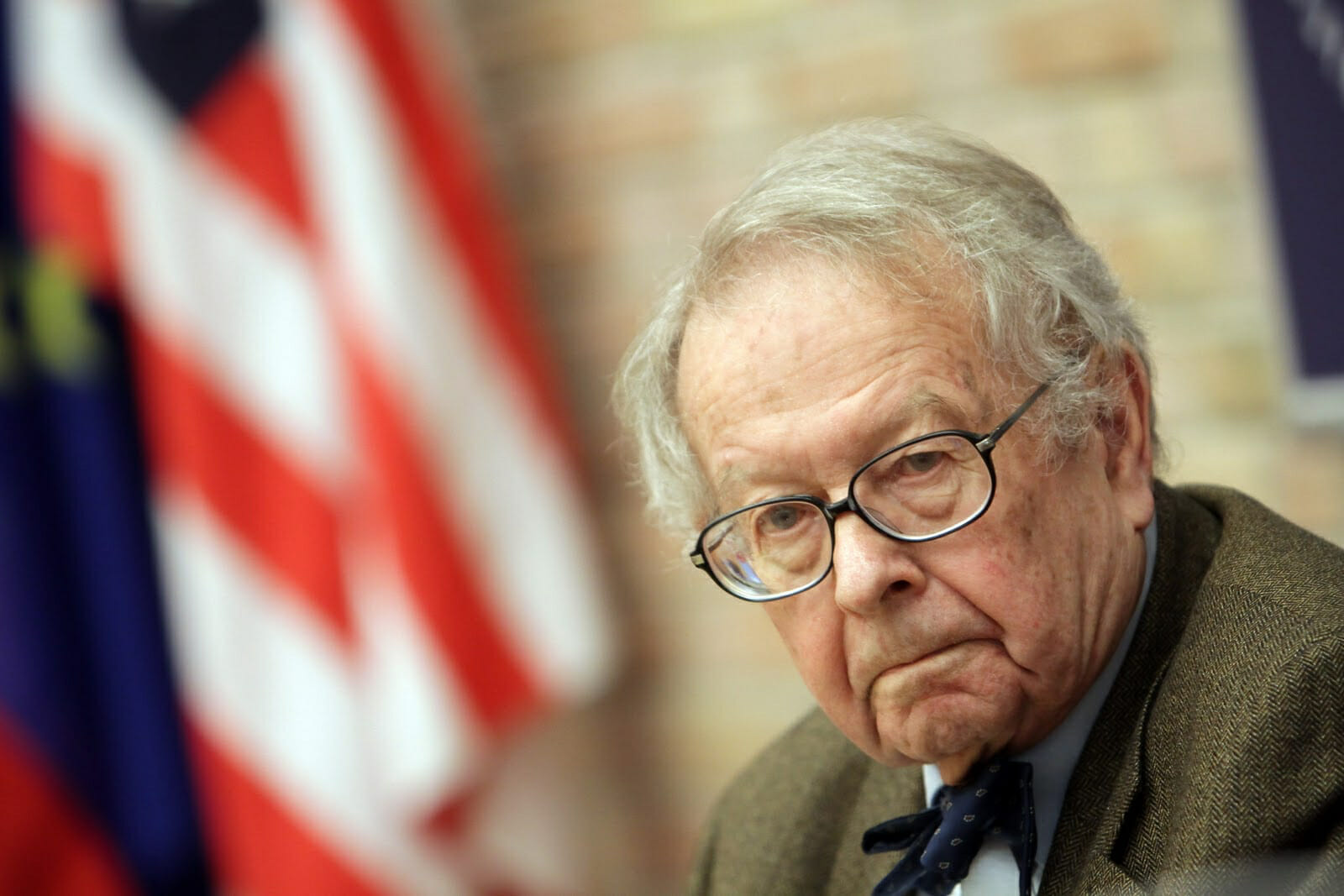
Books
Kenneth N. Waltz: Realist in Clover
The study of jurisprudence and international relations is evidently far better for your health than actually practising them. Kenneth N. Waltz was no exception, at 88 having left a mark in a field where jostling for primacy was conducted with as much ruthlessness as a civil conflict. Writers on international relations have always nursed various illusions and, when fitting, delusions.
Mankind has been variously described as irrational or rational, warlike and peaceful. The temper of a nation or state can be gauged by the thermometer of scholarship. Analysis will show the way as to how states will react in any given situation. That such efforts have been futile, damned by the unpredictable pathways of history, has not stopped the venture.
It was understandable that international relations, abbreviated by its specialists to IR, would come into being as a study even as Hiroshima was being obliterated and the San Francisco accords were starting to settle.
The second thirty years war, the term coined by E. H. Carr to describe the bloody period encapsulating both World Wars, brought the examiners out. Why had the species known as the human race been so engaged in the project of annihilation?
Enter then, a discipline in search of a theory. Robert Jervis, political science professor at Columbia states it plainly. “Without a theory, we’re just lost. We just have all these random phenomena we can’t make sense of.” That any theory we come up with must necessarily be false is problematic – anarchy is such a trying thing for those who wish for a tidier order of things.
Waltz’s own work was the transition point in the study of a discipline that has always been desperate for household recognition – the supposed structural realist who added greater complexity to what had been termed “classical realism,” a school led by Hans Morgenthau. The latter was often a project of brute force, the calculations of greed and self-interest that mark human character. Bad leaders, bad states.
Waltz’s version was to admit a degree of greater complexity, something he outlined in Man, State and War (1959). Structural realism admitted that international relations provided a system of constraints and pressures, an anarchical state of affairs between sovereign states. The only true relationship there is between states, they being the recognisable sovereign components of it.
His Theory of International Relations (1979), an effort to examine bipolarity, remains a jewel for those in the field. In it, he offered methodology, the tools of a craft. He suggested that more should be made of Imre Lakatos’ work on scientific research programmes. It was Lakatos whose “assaults crush the crassly positivist ideas about how to evaluate theories that are accepted by most political scientists.”
Certainly, some might deem his views the product of a world where bipolarity was considered a darn side better than multipolarity or, the demonic alternative, unipolarity. He argued that nuclear proliferation would not necessarily speed up the doomsday clock. His Adelphi Paper The Spread of Nuclear Weapons: More May Be Better (1980) argued that weapons of annihilation might well prove to be the guardians of peace by making “the cost of war seem frighteningly high and thus discourage states from starting any wars that might lead to the use of such weapons.”
While it might have seemed balmy to the abolitionist movement and the non-proliferation lobby, it had a neat logic to it. It proved popular with those in other countries who saw the nuclear club for what it was: a self-serving bunch of false moralists who felt they had gotten their hands on the loot ahead of time and should keep it within the family. Families are such difficult tribes to get into.
His views on nuclear balancing irked many in the field. Even the New York Times had to note that he believed “that the Middle east might be better served if Iran had a nuclear weapon.” His views were outlined in a 2012 article for Foreign Affairs titled “Why Iran Should Get the Bomb.” Ditto North Korea, who would be, in the scheme of things, unwise to dispose of its nuclear deterrent. Then again, when the enemy being deterred is one in bed with neoconservatism, unhealthy zeal and God at the breakfast table, it was a logical reaction.
Waltz was bound to throw a spanner into the works of orthodoxy. And one of his targets was the United States with its hegemonic failings. He attacked U.S. adventurism in Vietnam, with its ideological failings.
A lumbering and at times cruel colossus, the United States “abuses power, singling out poor, weak countries – that’s what we specialize in – and beating them up,” he claimed in a historical interview at University of California, Berkeley in 2011. Naturally, the study of realism was itself mistakenly associated with a mania for big power politics. It was axiomatic that the study of power would involve, inevitably, the study of those who wield it most. Pity the user, but not the theory.
Then came the seemingly small oeuvre which was bound to cause envy in some circles. Scholars in this age of Stakhanovite rationalism believe that the more books and articles one has to one’s name, the richer the kingdom of knowledge. Often, the opposite is true. Brevity is not merely the soul of wit, but precision and impact. Three full-length books over the course of a life that reverberate through the intellectual canon is impressive. Among them remain the staples of Man, The State and War, and his Theory of International Relations. Read them, disagree with them, and learn accordingly.

